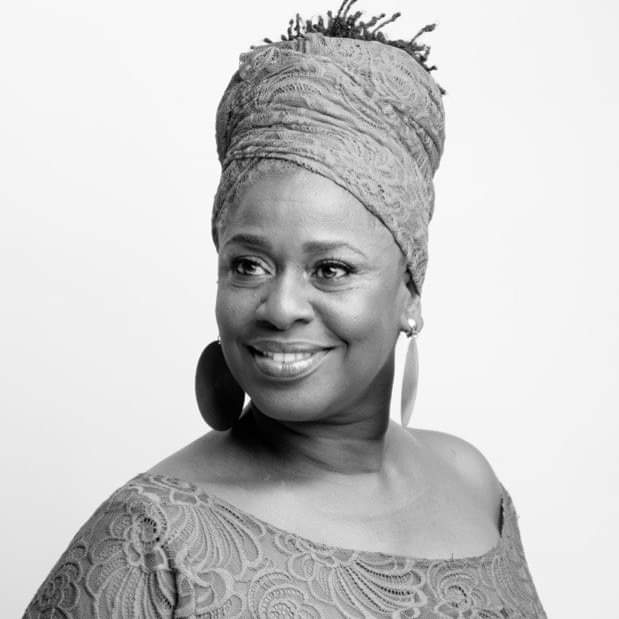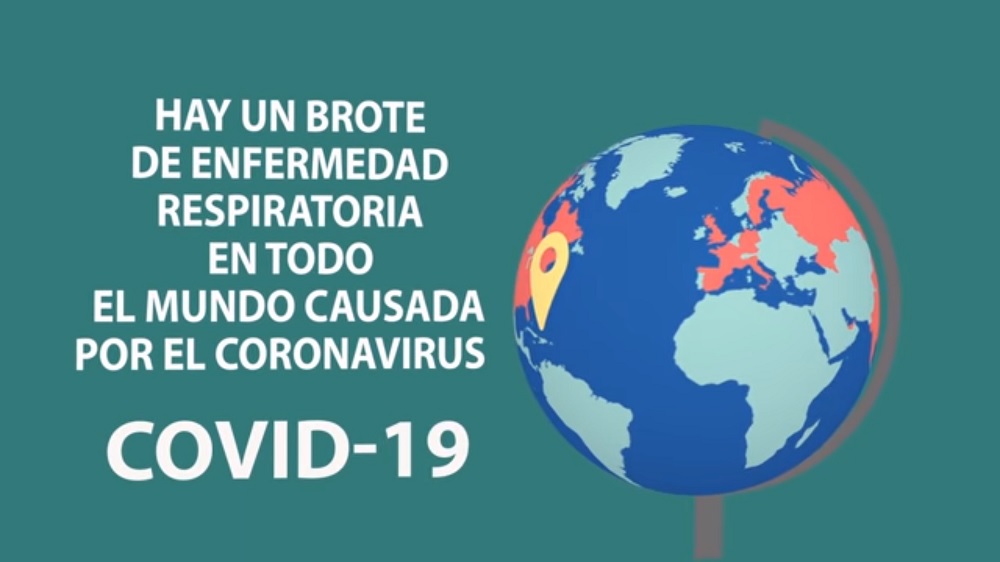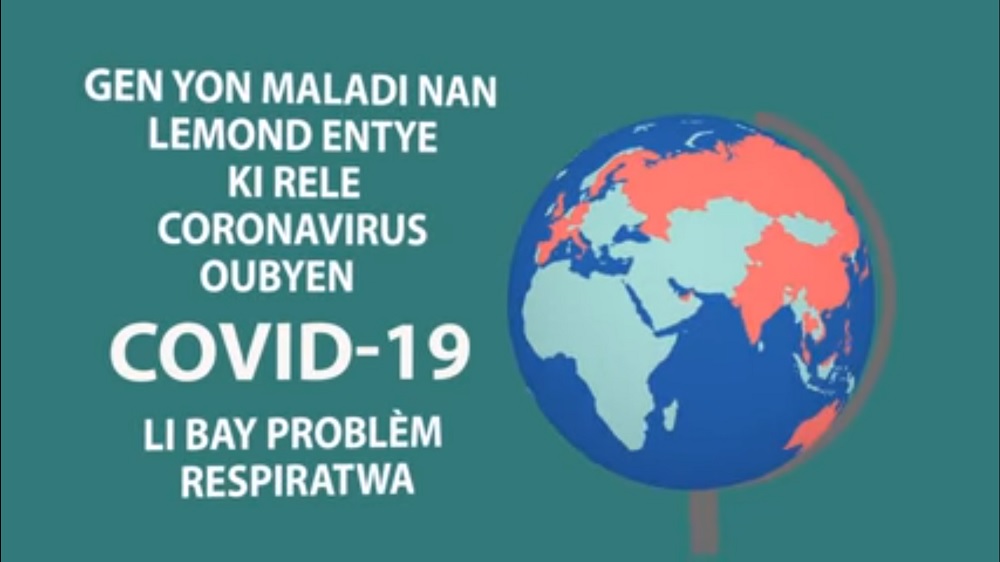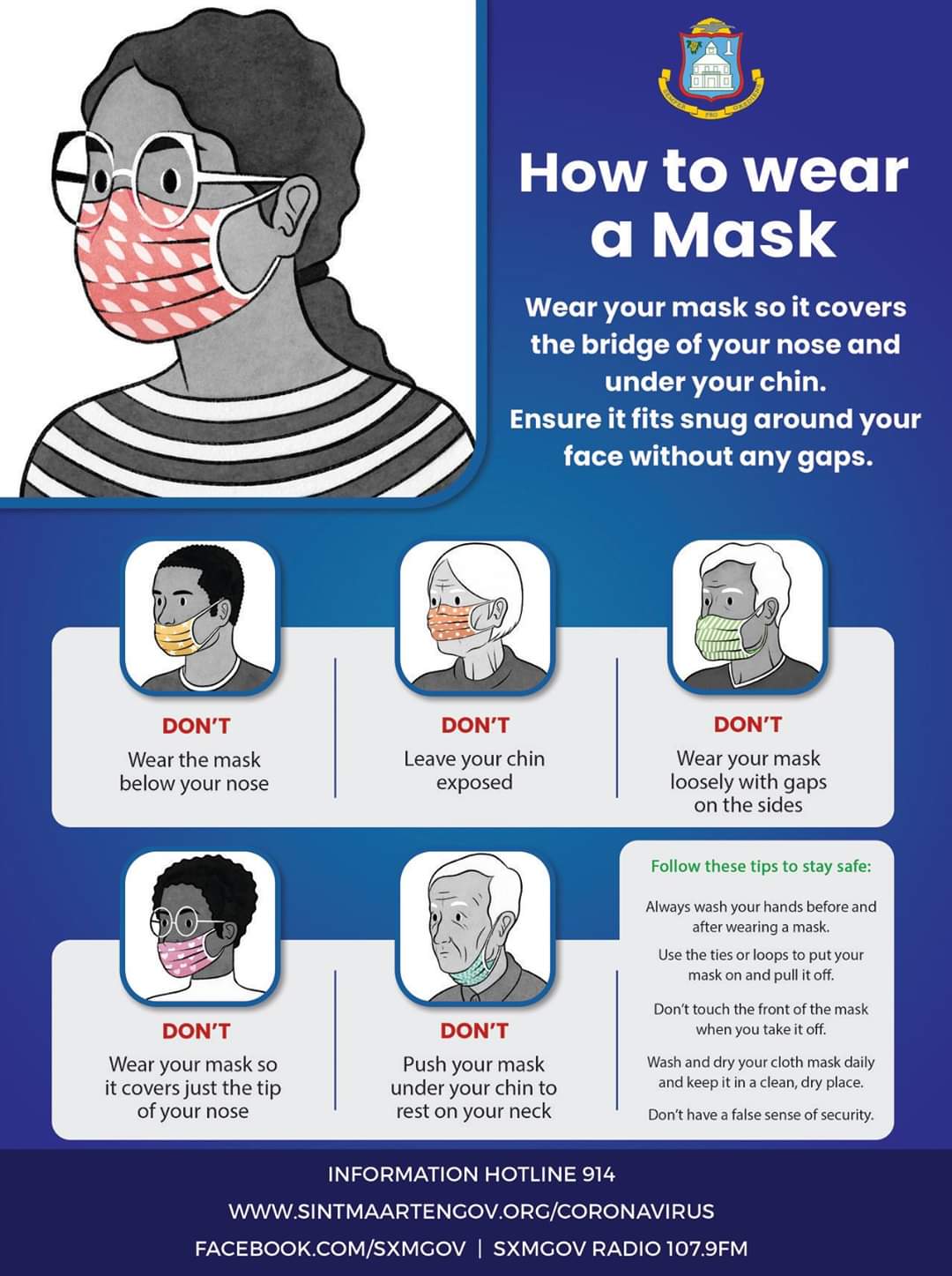Art Therapy
“I know art is capable of healing,” says Clara Reyes, Head of the Culture Department and Co-Founder of National Institute of Arts. “I know it. Without a doubt. As a matter of fact, just as I breathe air in, and I breathe air out. Art heals, and that's it. Art heals through a variety of reasons: it’s a dialogue with the self, and you're always questioning yourself. Art heals because of its absorption into the body. It heals in very pragmatic ways. It allows people to access their emotional state and investigate. Through various therapies and investigative journeys into the self, we dig deeper into the emotional psyche.”
Art Therapy is the use of artistic activities, such as coloring, drawing, painting, photography, and sculpting, to treat psychological disorders and improve one’s mental health. Other forms of creative therapy include dance therapy, drama therapy, expressive therapy, music therapy, and writing therapy.
It’s a technique that comes from the idea that creative expression can assist in healing and mental well-being. The goal is to use the creative process to help people explore self-expression and, in doing so, find new ways to gain personal insight and develop new coping skills. When creating art, people have the ability to explore their emotions, develop self-awareness, cope with stress, boost self-esteem, and work on social skills.
It can be used to treat mental disorders and psychological distress such as anxiety, depression, eating disorders, family and relationship problems, post-traumatic stress disorder (PTSD), and stress, especially when used together with other psychotherapy techniques such as group therapy or cognitive-behavioral therapy (CBT).
However, art therapy isn’t for everyone. While being talented isn’t a requirement for art therapy to be successful, people who believe they’re not creative might be hesitant or skeptical of the process. Additionally, it hasn’t been found effective for all types of mental health conditions such as schizophrenia. Further research is needed to explore how and when art therapy would be most beneficial.
“Whether you're a dancer, an actor, a performer, a circus performer. You develop strong physical strength because of all the dexterity involved, virtuosity, and physical skill sets that are required. Art heals in terms of psycho-social wellness. It heals in cognitive skills development. It heals through its activity. Art has an entry point into the human experience that allows for dialogue, discovery, and repairing.”
An example of art being used to help mental health is the Art Heals program written by Clara Reyes for the National Institute of Arts (N.I.A.). This program took place after Irma devastated St. Maarten in 2017.
“We used the program to give children a voice after the hurricane because the arts allow you a vehicle to express yourself. We created poetry, and the kids wrote and talked about the fear they experienced during the hurricane.
Stephanie Hassett, who worked at the Mental Health Foundation, worked with us and explained the signs of Post Traumatic Stress (PTSD), which is what a lot of people were facing. Through the program, we found fun, creative ways to express the things we were dealing with in our bodies - not letting the fear overtake you.”










